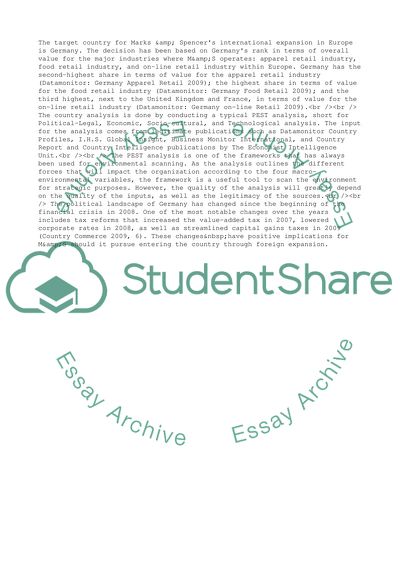Cite this document
(Marks & Spencer's Choice for Target Germany Term Paper - 2, n.d.)
Marks & Spencer's Choice for Target Germany Term Paper - 2. Retrieved from https://studentshare.org/business/1728301-international-marketing
Marks & Spencer's Choice for Target Germany Term Paper - 2. Retrieved from https://studentshare.org/business/1728301-international-marketing
(Marks & Spencer'S Choice for Target Germany Term Paper - 2)
Marks & Spencer'S Choice for Target Germany Term Paper - 2. https://studentshare.org/business/1728301-international-marketing.
Marks & Spencer'S Choice for Target Germany Term Paper - 2. https://studentshare.org/business/1728301-international-marketing.
“Marks & Spencer'S Choice for Target Germany Term Paper - 2”. https://studentshare.org/business/1728301-international-marketing.


